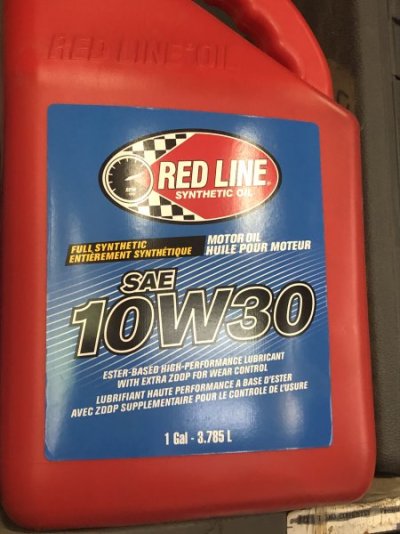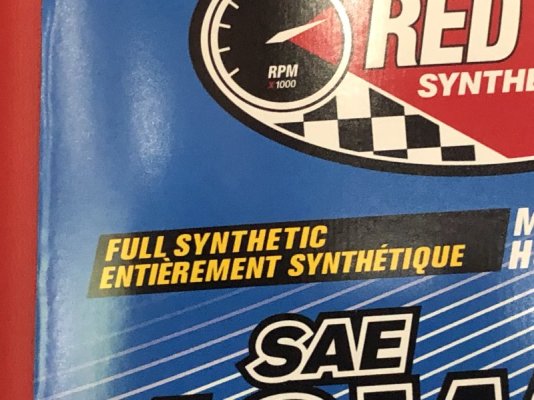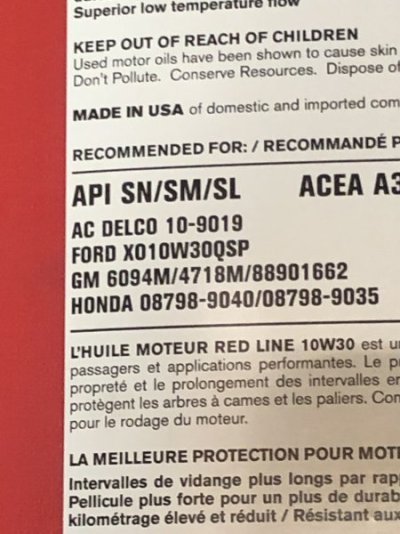With the "cart" done and set aside, I'm ready to take in as much information as I can to formulate a plan for the rebuild. I'm the curious type so I'm on the hunt of
why this cam went bad after running fine for so long.
Once I pulled the intake and saw the cam condition, I instantly went to the inclination of never running a flat tappet cam again. I should admit that I make impulsive moves sometimes and other times I drag my feet making decisions. There is a lot to learn about making a switch to a roller cam whether solid or hydraulic. The B/RB series engines were discontinued before roller cams became commonplace. Because of this, retrofit lifters carry some compromises and some drawbacks. For one, the lifter bores in all big blocks are designed around the height of the solid and hydraulic flat tappet size. In short, the lifter bores are
short.
A 1990 LA series engine for example would be a great candidate if I wanted to build a roller small block engine because the factory made changes to account for the specific needs of a roller cam.
I wasn't ready for the expense of converting to all that is needed. I'm not closing the book on it but aside from the cost of the lifters at $800 and UP, the cam, $500 and UP, there is the pushrods, the distributor drive gear and the timing set and cover. I didn't know that I'd need a timing set with a bearing on the back and a button on the front. I'd need some manner to prevent cam walk since roller cams don't have tapered lobes to push the cam rearward.
Here comes some preliminary autopsy work. Here are the lobes from rear to front.
# 7 intake lobe looks worn.
Below is cyls 3 and 4. This is the worst of it.
Notice the shiny strip in the middle with the dull finish on the edges? What is that?
One of the things that I am clinging to is that IF I knew what went wrong, I could avoid doing it in the future. For the sake of economics, going back to another solid flat tappet would be the choice. I'm not living on Top Ramen here but I don't have money falling out of my pockets either.
The wear patterns on the 528 cam look vastly different from the Lunati cam I ran for several years. See pictures below:
Notice that all the wear is to the rear side of the lobes? They all look even too.










 You wont be able to do a really nice job with it hanging in the way.
You wont be able to do a really nice job with it hanging in the way.














